Marbofloxacin 50 mg Tablets for Dogs: Indications, Dosage, and Administration Explained
Antibiotics are crucial in veterinary medicine for treating bacterial infections effectively. Among the many antibiotics available for dogs, Marbofloxacin 50 mg Tablets stands out as a trusted and widely used medication. This blog provides an in-depth look at Marbomet 50 mg for dogs, focusing on its indications, dosage guidelines, safety precautions, and more to help pet owners and veterinarians make informed decisions.
What is Marbofloxacin 50 mg Tablets for Dogs?
Marbofloxacin 50 mg Tablets is a veterinary antibiotic tablet containing marbofloxacin, a third-generation fluoroquinolone antibiotic This medication is specially designed to combat a range of bacterial infections in dogs. Marbomet tablets come in various strengths, with 50 mg being one of the common doses suited for medium to large-sized dogs depending on the prescribed dosage per kg of body weight.
How Does Marbomet Work?
Marbomet belongs to the fluoroquinolone class of antibiotics The medication blocks bacterial enzymes DNA gyrase and topoisomerase IV, essential for DNA replication, transcription, and repair in bacteria. By inhibiting these enzymes, marbofloxacin disrupts bacterial DNA synthesis, leading to bacterial cell death.
Because of its mechanism, Marbomet is effective against a broad spectrum of gram-negative and gram-positive bacteria commonly causing infections in dogs.
Indications for Marbofloxacin 50 mg Tablets in Dogs
To manage several bacterial infections in dogs, veterinarians often recommend Marbomet 50 mg, which covers:
- Skin and soft tissue infections: Including conditions like pyoderma, abscess formation, and infected wounds.
- Urinary tract infections (UTIs): Covering infections such as cystitis and pyelonephritis caused by sensitive bacterial strains.
- Respiratory tract infections: Including bronchitis and pneumonia.
- Gastrointestinal infections: Secondary bacterial infections of the digestive tract.
- Bone and joint infections: In some cases, when caused by sensitive bacteria.
Using antibiotics without veterinary guidance can lead to resistance and treatment failure.
Dosage and Administration of Marbofloxacin 50 mg Tablets for Dogs
General Dosage Guidelines
The recommended dosage of Marbomet is typically 2 mg to 4 mg per kg body weight once daily, depending on the infection’s severity and type. The treatment duration generally ranges from 5 to 14 days, based on veterinary evaluation.
Dosage Table for Marbomet 50 mg Tablets
| Dog Weight (kg) | Dosage (mg/kg) | Total Daily Dose (mg) | Number of 50 mg Tablets per Day | Frequency | Duration |
| 5 – 7.5 | 2 – 4 | 10 – 30 | 0.2 – 0.6 (usually 1/2 tablet) | Once daily (every 24 hrs) | 5 – 14 days |
| 8 – 12.5 | 2 – 4 | 16 – 50 | 0.3 – 1 (approximately 1 tablet) | Once daily | 5 – 14 days |
| 13 – 17.5 | 2 – 4 | 26 – 70 | 0.5 – 1.5 tablets | Once daily | 5 – 14 days |
| 26 – 35 | 2 – 4 | 52 – 140 | 1 – 3 tablets | Once daily | 5 – 14 days |
| 36 – 45 | 2 – 4 | 72 – 180 | 1.5 – 4 tablets | Once daily | 5 – 14 days |
Reminder: Dose amounts should be rounded to the nearest half or whole tablet following veterinary advice.Never alter the dose or duration without veterinary advice.
Administration Tips for Marbofloxacin 50 mg Tablets
- Administer Marbomet tablets orally during or after meals to help prevent gastrointestinal discomfort.
- Maintain adequate hydration during treatment.
- Ensure tablets are kept in a cool, dry area, away from direct sun exposure.
Safety and Precautions for Marbofloxacin 50 mg Tablets in Dogs
When administering any antibiotic, including Marbofloxacin 50 mg Tablets, ensuring the safety of your pet is paramount. While Marbomet is generally well tolerated, following safety guidelines and precautions helps prevent adverse effects and ensures effective treatment.
1. Veterinary Guidance Is Essential
- Marbomet should only be used under the guidance of a qualified veterinarian.
Proper diagnosis and sensitivity testing ensure that Marbomet is the right antibiotic for the infection.
2. Possible Side Effects
Although not common, some dogs may develop the following side effects:
- Stomach-related problems such as vomiting, loose stools, or decreased hunger.
- Mild allergic reactions, including itching, redness, or swelling.
- Behavioral changes like lethargy or restlessness in rare cases.
If side effects persist, worsen, or severe reactions such as difficulty breathing or swelling occur, discontinue use and consult your veterinarian immediately.
3. Contraindications and Warnings
- Puppies younger than 8 weeks and dogs weighing less than 2 kg:
The safety and efficacy have not been established in very young or very small dogs. - Dogs diagnosed with seizure disorders or other neurological issues:
These antibiotics can increase seizure risk—exercise caution when using fluoroquinolones. - Known allergy to fluoroquinolones:
Marbomet must be avoided in dogs allergic to marbofloxacin or related antibiotics.
4. Use During Pregnancy and Lactation
- The safety of Marbomet in pregnant or lactating dogs has not been conclusively established.
- Use only if clearly needed and prescribed by a veterinarian weighing potential risks versus benefits.
5. Drug Interactions
- Avoid concurrent use of Marbomet with drugs known to cause CNS stimulation or seizures.
- Inform your veterinarian about any other medications or supplements your dog is receiving to prevent adverse interactions.
6. Avoid Overuse and Misuse
- Finish the entire prescribed treatment, even if your pet’s symptoms get better sooner, to avoid relapse and antibiotic resistance.
- Do not double doses if a dose is missed; resume the regular schedule.
- Avoid giving antibiotics to pets unless prescribed by a veterinarian, and never use one pet’s medication for another.
Scientific Research and Clinical Evidence on Marbofloxacin 50 mg Tablets for Dogs
Marbofloxacin 50 mg Tablets, containing marbofloxacin, is a well-studied fluoroquinolone antibiotic extensively used in veterinary medicine. Its clinical effectiveness and safety profile have been evaluated through multiple scientific studies and clinical trials, supporting its role in treating bacterial infections in dogs.
1. Mechanism of Action and Spectrum of Activity
Marbofloxacin exerts its antibacterial effect by inhibiting bacterial DNA gyrase and topoisomerase IV enzymes. These enzymes are critical for bacterial DNA replication and repair, and their inhibition leads to bacterial cell death.
Research shows marbofloxacin has potent activity against a broad spectrum of pathogens, including:
- Representative Gram-negative pathogens such as coli.
- Some atypical and anaerobic bacteria.
Its extensive antimicrobial activity allows Marbomet to combat a variety of bacterial infections in dogs, including those affecting the skin, urinary tract, and respiratory system.
2. Clinical Trials Demonstrating Efficacy
Several controlled clinical trials have demonstrated the efficacy of marbofloxacin in dogs:
- Skin Infections (Pyoderma):
A multi-center trial showed that once-daily oral administration of marbofloxacin at 2 mg/kg for 7–14 days resulted in clinical cure or significant improvement in over 90% of dogs with superficial and deep pyoderma.
- Urinary Tract Infections:
Studies found marbofloxacin effective in resolving lower and upper urinary tract infections caused by coli and other susceptible bacteria, with good penetration into urinary tissues and bladder.
- Respiratory Infectio
Clinical findings show swift improvement in dogs suffering from bacterial bronchitis and pneumonia when treated with marbofloxacin, achieving microbiological cure rates of over 85%.
3. Pharmacokinetics and Tissue Penetration
Scientific investigations have shown that marbofloxacin has favorable pharmacokinetic properties:
- Good oral bioavailability ensures efficient absorption after oral administration.
- Extensive tissue distribution, particularly in skin, soft tissues, and the urinary tract, allowing effective drug concentrations at the site of infection.
- Long half-life enabling once-daily dosing, which improves compliance.
These characteristics contribute to its effectiveness in treating diverse infections.
4. Safety Profile Supported by Research
Long-term safety studies in dogs have indicated that marbofloxacin is generally well tolerated at therapeutic doses. Adverse effects reported were usually mild and transient.
Experimental studies also suggest low potential for drug accumulation or toxicity with appropriate dosing regimens.
5. Resistance Considerations
Responsible use of Marbomet—guided by culture and sensitivity testing—is critical to minimize resistance development.Scientific literature emphasizes that inappropriate or subtherapeutic dosing, incomplete treatment courses, and empirical use without veterinary guidance can increase resistance risk.
Marbomet 50 mg vs Other Antibiotics
Compared to other antibiotics like amoxicillin or cephalexin, Marbomet (marbofloxacin) has a broader spectrum of action against certain gram-negative bacteria and better tissue penetration. However, it is not always the first choice and should be reserved for infections proven or suspected to require fluoroquinolone treatment.
Conclusion
Marbofloxacin 50 mg Tablets for dogs is a potent and effective antibiotic for treating various bacterial infections including skin, urinary, and respiratory conditions. Correct dosage, administration, and completion of the full treatment course are critical to ensure the best outcome and prevent antibiotic resistance.Always consult your veterinarian before starting Marbomet or any antibiotic to ensure safe and appropriate use tailored to your dog’s specific health needs.







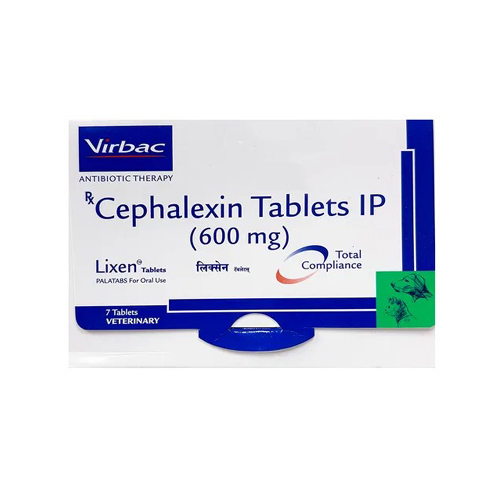
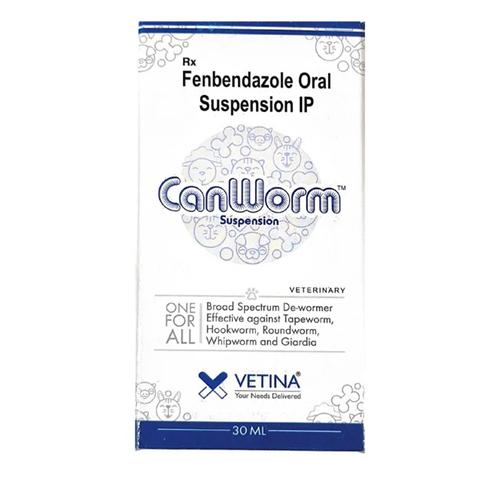



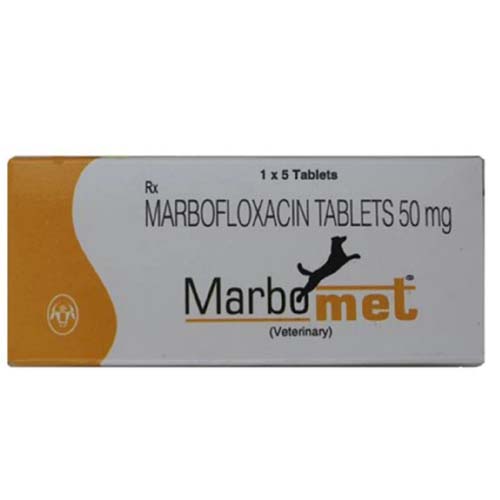
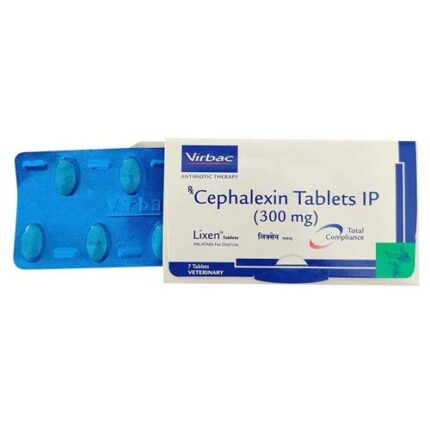
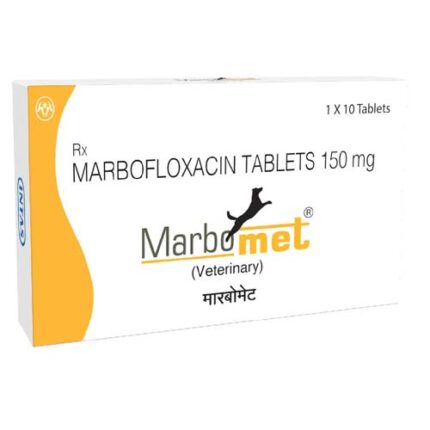
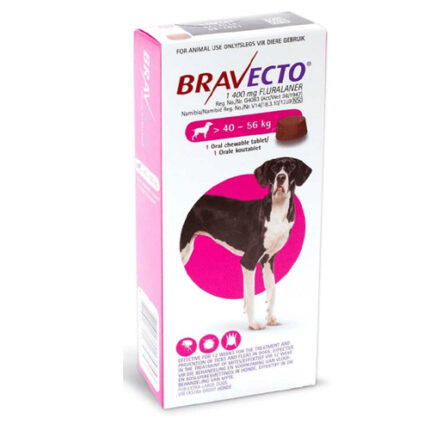
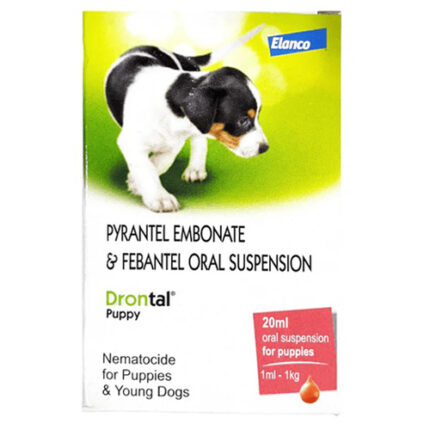

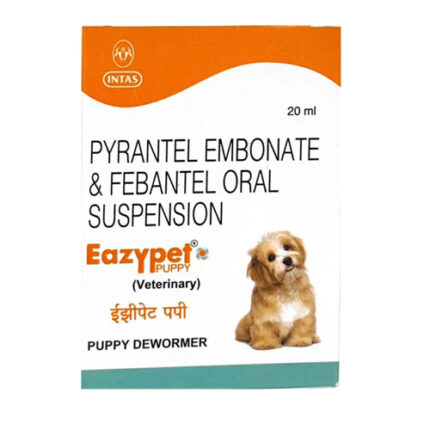
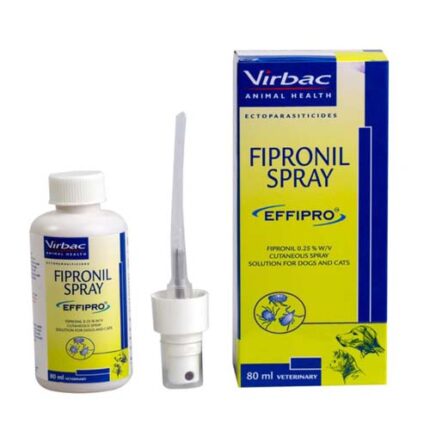
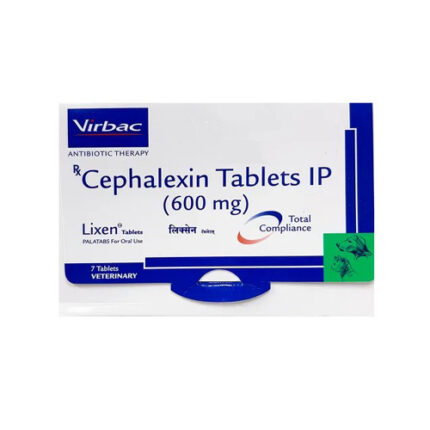
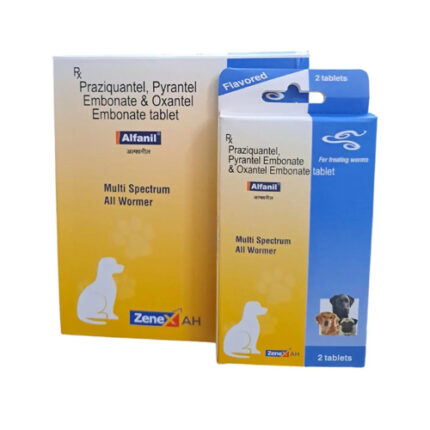

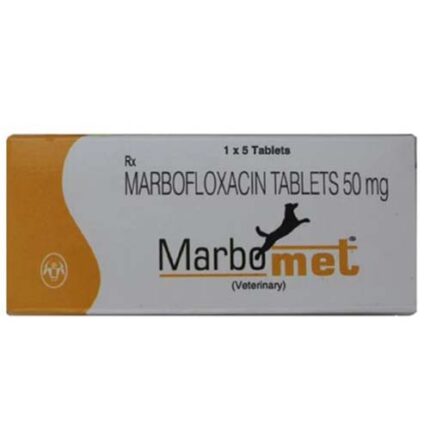
Reviews
There are no reviews yet.